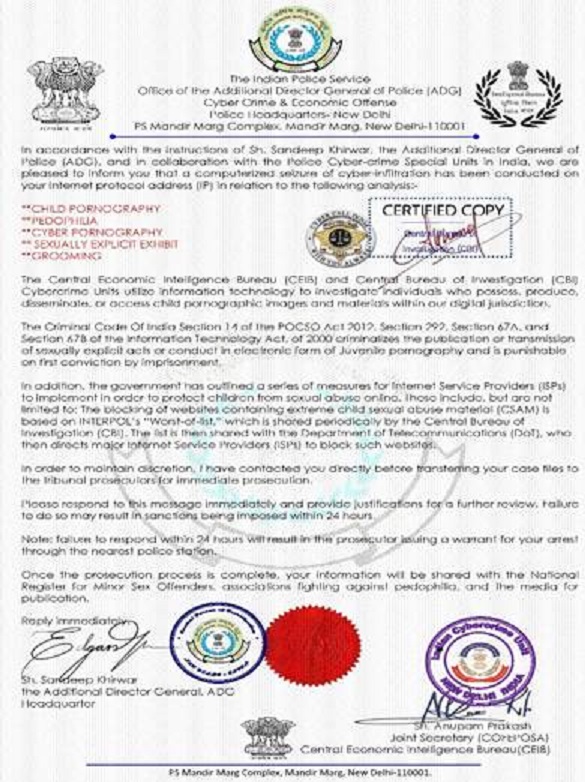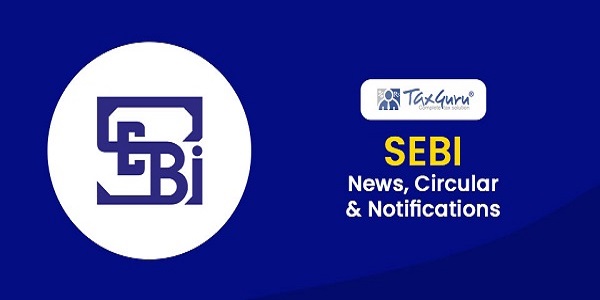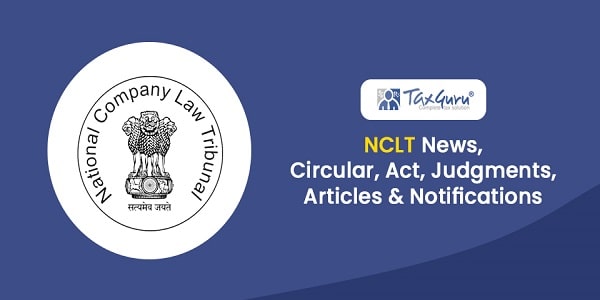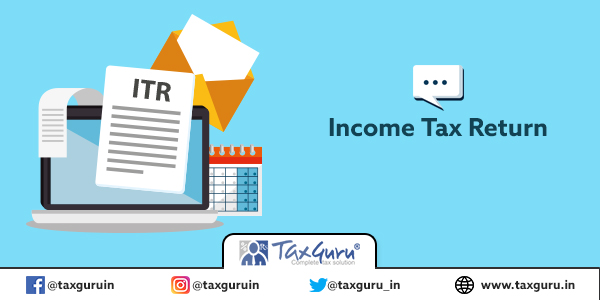Case Law Details
Facts of the Case
The assessee is an educational society and it obtained registration under the provisions of section 12A of the I.T. Act. For the year under consideration, it filed its return of income wherein NIL income was declared after giving effect to provisions of section 11 of the Act. The AO noticed that the assessee received gross amount of Rs.2,96,29,585 in the form of tuition fees from students, interest on deposits and miscellaneous income. Out of the said receipts, a sum of Rs.2,39,10,198 was applied towards objects of the society in the form of salaries to teachers and staff and other administrative expenses, excluding depreciation. The assessee has also applied a sum of Rs.38,75,370 towards acquisition of fixed assets. The total expenditure incurred by the assessee with reference to gross amount received shows that the assessee society applied the funds to the tune of 93.77% and the balance 6.23% was accumulated out of the gross funds received. Since it is within the permissible limits of accumulation contained in section 11(1)(a) of the Act, according to assessee, no tax was payable for the assessment year under consideration.
The AO was, however, of the opinion that gross receipts of educational institution should not be taken into consideration since as per the commercial principles, the expenditure incurred for running the activities of the trust have to be reduced from gross receipts and from the balance amount, it has to be seen as to what is the percentage of income that was applied for charitable activities. From this perspective, the assessee cannot be said to have applied more than 85% for charitable activities. In other words, the surplus available with educational institution is more than 15%. The AO also observed that gross receipts can be taken into consideration only when the entire receipts are in the form of donations since an assessee need not spend anything on getting donations, whereas in the case of an educational institution, the assessee has to bear the revenue expenditure for earning the income in which event, only the net income has to be taken by applying commercial principles.
The assessee relied upon the decision of the Hon’ble Kerala High Court in Programme for Community Organisation, 228 ITR 620 (Ker), which was affirmed by the Hon’ble Supreme Court in 240 ITR 1 (SC), the AO was of the view that the said case law is applicable only in respect of amount received in the form of donations and not the amount received by carrying on the activity such as imparting education. As per the computation of the AO, the balance amount works out to Rs.57,19,387, out of which the assessee has incurred capital expenditure of Rs.38,75,380 and, to the extent of 15%, which works out to Rs.8,57,908 the assessee is entitled to accumulate/set apart for application for charitable purposes u/s. 11(1)(a) and the balance was treated as taxable income.
Contention of the Assessee
Ld. Counsel for the assessee submitted that the Circular issued by CBDT dated 19.6.1968, no doubt, speaks of the ambit of the expression “income”, but it has no application in this context in as much as the provisions of section 11(1)(a) uses the expression “such income”, which in turn refers to gross income. He also filed a detailed written submission and relied on the decisions of :-
-Calcutta High Court in CIT vs. Birla Janahit Trust (208 ITR 372)
-Hon’ble Supreme Court in the case of CIT vs. Programme for Community Organisation [248 ITR 1]
-Hon’ble Lucknow Bench of the Income-tax Appellate Tribunal in the case of Krishi Utpadan Mandi Samithi [131 ITD 335]
In particular, the assessee placed reliance upon the ITAT Mumbai Special Bench in the case of Bai Sonabai Hirji Agiary Trust [272 ITR (AT) 67] wherein, on identical issue, the Tribunal observed as under:-
“From the above, it would appear that the dispute is limited to correct amount of income from house property, whether it should be gross rent of Rs.2,63,675 or the net income after deducting outgoings and depreciation.”
…………………
…………………
“Shri V.H. Patil further submitted that the Kerala High Court (see [1997] 228 ITR 620), in the same case, has referred to the Board’s Circular dated June 19, 1968, on the same subject and observed that “income” for the purposes of section 11(1), should be understood in its commercial sense. It was held by the Kerala High Court that 25 per cent of gross amount of Rs. 2,57,376 should be accumulated, and this finding has been confirmed by the hon’ble Supreme Court. Shri V. H. Patil also contended that all out-goings including expenditure incurred by a public charitable trust must be considered to be in the nature of application of income for the objects and purposes of the trust. It is, therefore, contended that 25 per cent of the gross income as reflected in the account of the assessee-trust should be allowed to be accumulated under section 11(1).”
…………………
…………………
“Having regard to the clear pronouncement of their Lordships of the Supreme Court it is difficult to accept that outgoings which are in the nature of application of income are to be excluded. The income available to the assessee before it was applied is directed to be taken and the same in the present case is Rs. 3,42,174. Twenty-five per cent of the above income is to be allowed as a deduction. Similar view has also been taken by the hon’ble Madhya Pradesh High Court in Parsi Zorastrian Anjuman Trust Mhowv. CIT [1987] 163 ITR 832. No reason whatsoever has been given by the revenue authorities for deducting Rs. 2,17,126 in this case for purposes of section 11(1)(a). The decision cited on behalf of the Revenue did not take into account the decision of the Supreme Court referred to above. The circular of the Central Board of Direct Taxes has also been considered by the hon’ble Kerala High Court in its decision referred to above. Accordingly, the question referred to us is answered in the affirmative and in favour of the assessee.”
Contention of the Revenue
The ld. DR strongly relied upon the orders of tax authorities and contended that educational institutions are rendering an activity of profit and in those cases, expenditure incurred for earning income should first be deducted and only on the balance amount, it has to be seen as to whether the assessee has applied the same for charitable objects or not.
Held by CIT(A)
Ld. CIT(A) upheld the disallowance made by the AO.
Held by ITAT
The Hon’ble Bangalore ITAT held that the issue herein is with regard to the meaning of expression “such income” in section 11(1)(a) of the Act. The Hon’ble ITAT relied on the order of the ITAT Mumbai Special Bench, in the case of Bai Sonabai Hirji Agiary Trust [272 ITR (AT) 67]wherein it was held that the expression “such income” means gross income and not the net income after deducting the administrative expenditure.
Thus, the Hon’ble ITAT concluded that the claim of assessee is in accordance with law. Since the expenditure incurred by the assessee was more than 93% of the gross receipts, no part of the gross receipts are liable to be taxed in the year under consideration, as the balance amount was set apart for application in the next year.



























